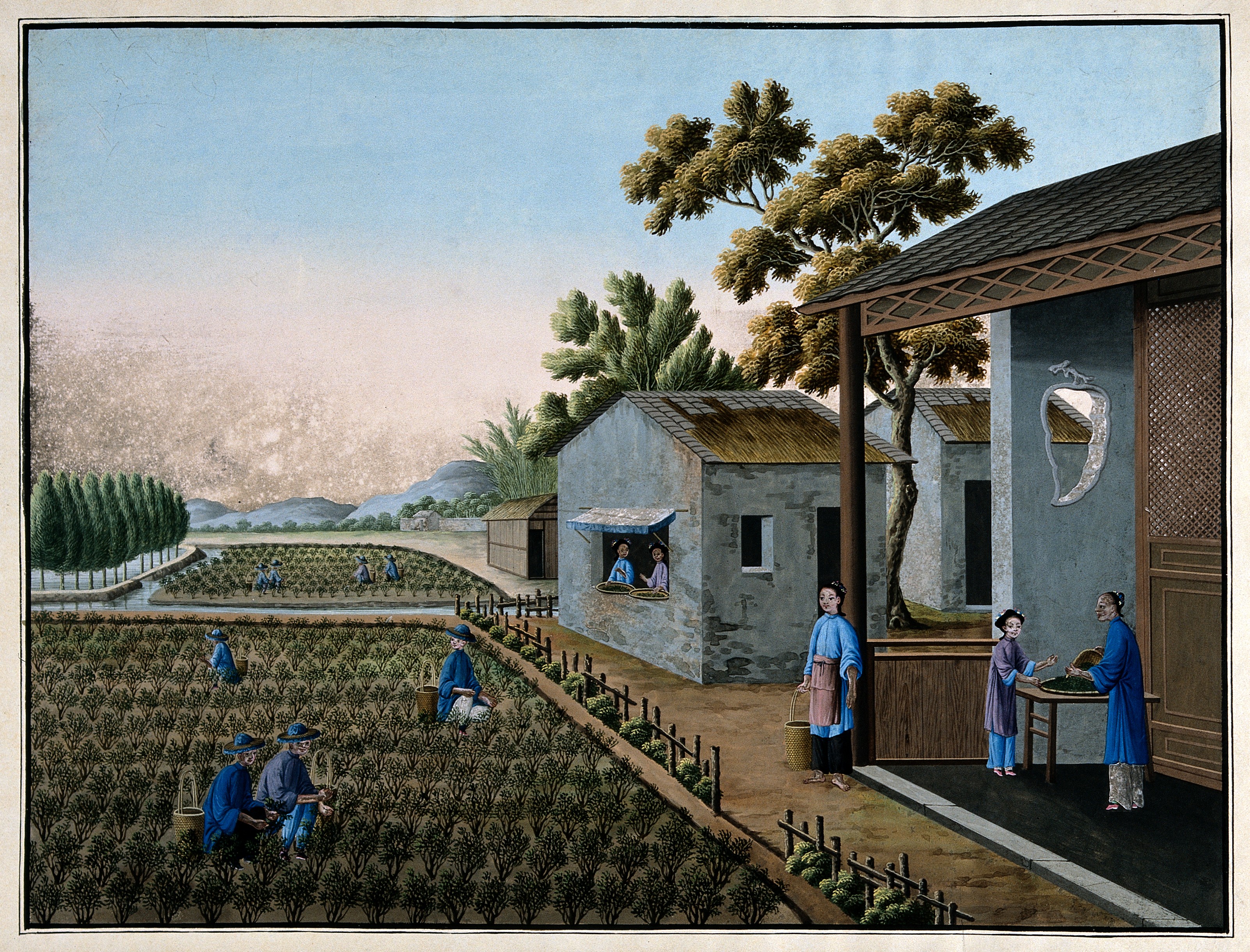Orange alert
The Color of Joy, Holiness, Danger, and Prison
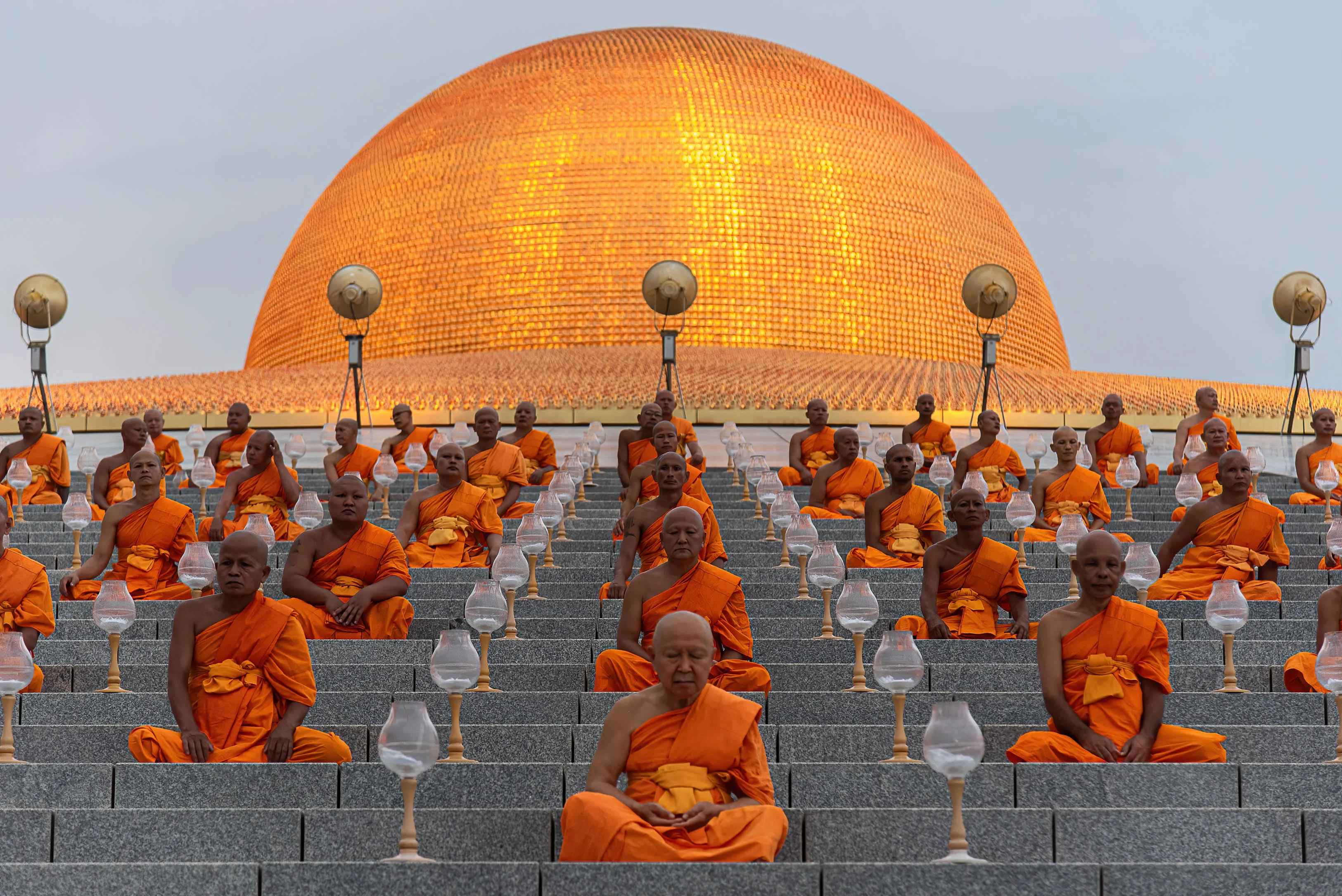
Buddhist monks meditate during the Vesak day celebration at Wat Phra Dhammakaya/Peerapon Boonyakiat/Getty Images
The name of the color orange traveled to us along the Great Silk Road, along with bright, tasty, and fragrant fruit brought from India and China. Arab merchants called this fruit nāranj (from a Dravidian word meaning ‘fragrant’), which later influenced the Italians, who began calling it naranza, arancio, and narancia. From here, the word ‘orange’ was born, soon entering many languages and eventually giving the color its name. Interestingly, Russians continue to call oranges Chinese apples, borrowing the word appelsien from the Dutch. Nevertheless, the word for the color in Russian is still ‘orange’ (oranzhevyy).
Although this bright pigment has been known to humans since ancient times, its name only appeared in Europe at the start of the sixteenth century. Before that, orange was simply called ‘red–yellow’ or ‘yellow–red’. Incidentally, Kazakh still uses the same terms, using ‘Qyzğylt sary tüs’, which translates to ‘reddish-yellow color’ to denote orange. Contemporary Kazakh speakers have also adopted ‘Apelsin tüsi’ (literally meaning ‘orange color’) as an alternative.

Orange Tree/Shutterstock
Orange Death
Orange, the color of flames, was as dangerous in ancient times as a raging fire. In the Roman Empire, artists used orpiment, yellow arsenic sulfide, a poisonous mineral that required artists to take serious precautions when working with it, to obtain this color. Despite that, artists periodically got poisoned and died. Yes, it was dangerous, but how could you depict the goddess of fertility, Pomona, or her husband, the god of seasons, Vertumnus, without their traditional red-yellow garments?
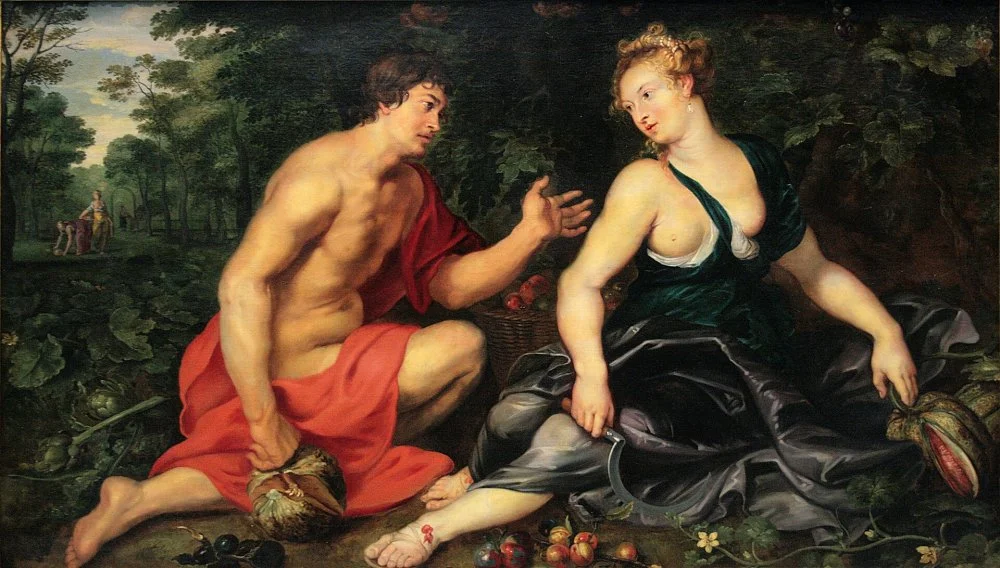
Peter Paul Rubens «Vertumne et Pomone », circa 1617-1619, private collection/Wikimedia Commons
Realgar, another mineral with a high arsenic content that can be used to obtain an orange pigment, was used by ancient Egyptians for their wall paintings, but in other regions, it was used as a pesticide (to poison rodents) more often. Realgar was also utilized in the leather industry to treat hides.

Macro Mineral Stone Orpiment on Black Background Close Up/Shutterstock
Orange Spirituality
While artists, who counted on their works surviving for centuries, had to deal with poisons, fabric dyers were satisfied with much less durable dyes. In the East, clothes were often dyed with saffron, a fragrant (and expensive!) spice that was used to obtain a whole spectrum of colors from yellow to brown, including, of course, orange. That's why kāṣāya, the traditional clothing of Buddhist and Hindu monks, was orange. Of course, the color faded quickly, but in India and China, saffron was not as expensive and easily accessible. In addition, orange dye could also be made from the core of the breadfruit tree, common in those places, and safflower, a flower that grows easily in warm and humid climates.
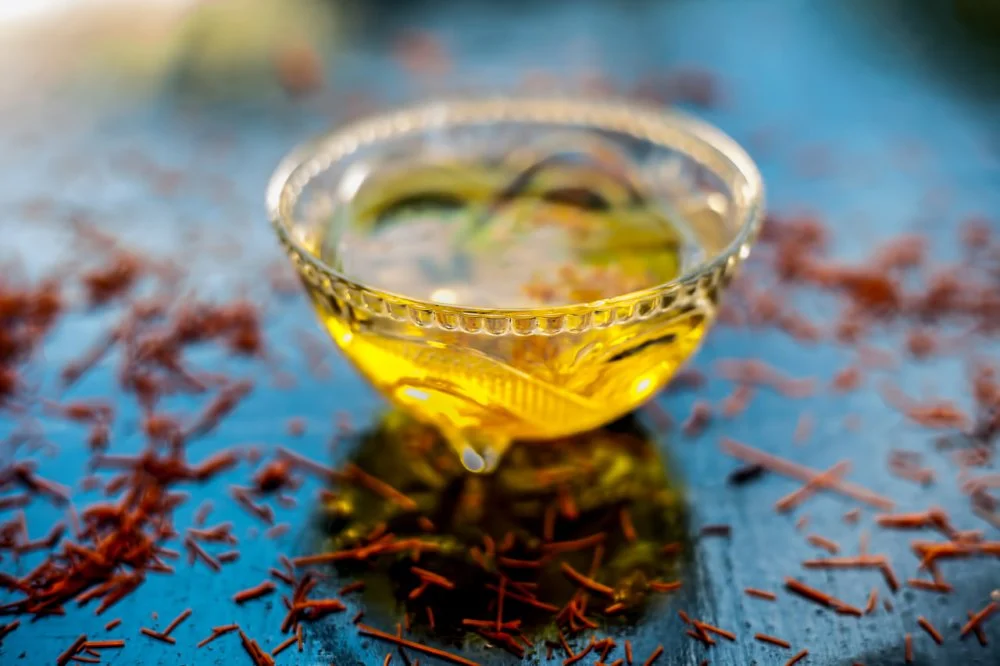
Saffron soaked in a glass bowl on a black surface with raw saffron threads/Kesar/Shutterstock
The tradition of wearing orange robes is said to begin with Gautama Buddha himself. According to legend, Prince Siddhartha Gautama, having renounced all royal privileges and embraced asceticism, wore clothes until the rags no longer clung to his body. Then, he would go to places where funeral rites were conducted and gather the remnants of ceremonial fabrics. To rid the material of the lingering smell of cremation, he soaked it in water infused with fragrant saffron, giving it an orange color, and that’s why the Buddha is usually depicted wearing an orange robe.
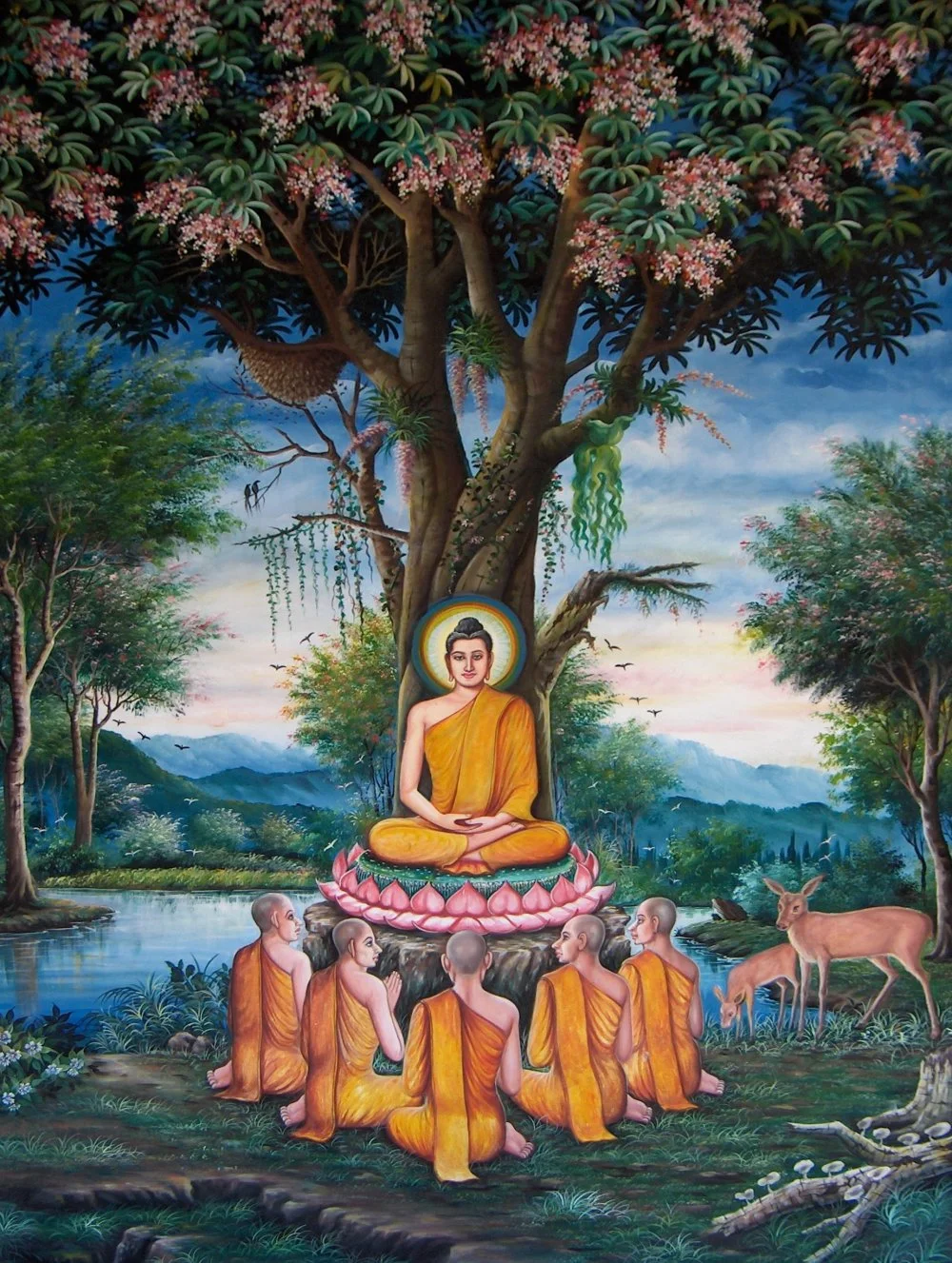
The Buddha delivering the Vārānasī discourse on the four noble truths for his former fellow disciples, following his awakening/Wat Chedi Liem near Chiang Mai in Thailand/Wikimedia Commons
Thus, this bright and festive color came to signify modesty, simplicity, detachment from worldly goods, and dedication to spiritual development in Buddhism. Zealous Buddhists believe that the colors of kāṣāya should not be bright. Fabrics dyed with saffron and other plant dyes quickly fade in the sun and wash out, naturally leading to the modest, subdued colors of monastic robes.
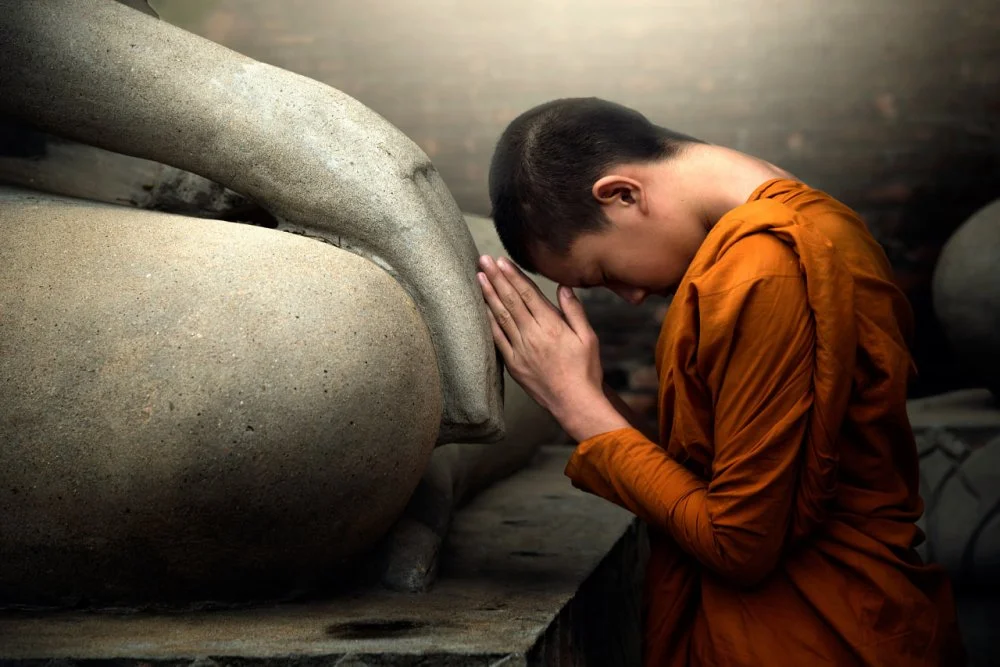
Novices are worshiping Buddha with faith/Chadchai Ra-ngubpai/Getty Images
Orange Politics
While orange is the color of Buddhism, Hinduism, and Krishna Consciousness in the East, in the West, it became a symbol of another religion—Protestantism. This happened due to the Protestant rulers of Orange, which is located roughly in the area of French Provence. At this point, it seems logical to ask the question: why Orange? This principality has been known since the twelfth century (and emerged much earlier as a fief of the Holy Roman Empire), four centuries before the word ‘orange’ ever appeared in European languages. So, where did this name come from? The Roman-Celtic settlement located in this area was founded in 36 or 35 BCE and was initially called Arausio in honor of the Celtic god of water. Over time, as the local language evolved, so did pronunciation, and by the sixteenth century, the name ‘Orania’ became phonetically similar to the word ‘orange’. As a result, the color orange was adopted as the symbol of the House of Orange-Nassau.
In 1544, the title of Prince of Orange passed to William III of Orange. He led the Dutch in a revolt against Spanish rule and eventually won Holland its independence. In 1688, after an anti-Catholic invasion of England, known as the Glorious Revolution, William III became king of England, Scotland, and Ireland.

William III by Jan Wyck, commemorating the landing at Brixham, Torbay, 5 November 1688/Royal Museums of Greewich/Wikimedia Commons
A year later, ‘King Billy’ defeated James II in the Battle of the Boyne in Ireland, in which at least 2,000 soldiers were killed and 50,000 were wounded. After the battle, the dominance of Irish Protestants was preserved for another 300 years, while the Catholics were suppressed. In honor of King William III, the victorious Protestant king whom they exalted, Irish royalists made orange their color. They formed an organization, the Orange Order, to establish themselves as loyal subjects of the Protestant monarchy. Their opponents were Catholic Republicans, who adopted green as their official color. ‘In 1922, the independence of part of Ireland was finally established. The new flag consisted of three colors: Gaelic green on one side, royalist orange on the other, and white, as a symbol of peace between them, in the middle,’ writes Gavin Evans in the book The Story of Color: How Paints Changed Our World.
Although the orange on the Dutch flag has long been replaced by the more durable and brighter red, it is still considered the national color of the Netherlands, sometimes being called the ‘color of national unity’. In Holland, King's Day is celebrated every year on 27 April, and on this day, the streets are filled with crowds of people dressed in orange.
Since the old Dutch flag was orange and white with blue stripes, the orange color remained on the flags of former Dutch colonies for a long time. To this day, an orange stripe is still a part of the flag of New York, which the Dutch founded under the name New Amsterdam. It was even called New Orange for some time.
The political symbolism of orange extended beyond the Netherlands and Ireland, reaching as far as Ukraine. Everyone remembers the Orange Revolution, a wave of rallies and mass protests that successfully prevented the falsification of the results of the 2004 presidential elections.

Postmark commemorating The Orange revolution in Ukraine/Wikimedia commons
Orange Danger
In nature, the color orange serves as a warning. Birds avoid eating orange insects, which are often poisonous or inedible. Interestingly, many imposters in the natural world have evolved to mimic a bright orange hue despite being non-poisonous, tasty, and nutritious.
In the human world, the bright, easily noticeable orange color is used to avoid threats. It's no coincidence that road workers wear orange vests, enabling drivers to notice them more quickly so that they can slow down or drive around the work area. The US Navy first used the color orange for inflatable life jackets for sailors during the Second World War. The orange clothing of inmates in American penitentiaries is designed to be easily noticeable, ensuring that anyone attempting to escape can be spotted in any terrain—it also makes blending into an urban crowd quite challenging. The practice of orange prison uniforms was adopted in the US in the 1970s, initially being reserved only for particularly dangerous prisoners during transport, but soon, it became standard for virtually all categories of convicts. The popular TV series set in a women’s prison Orange Is the New Black reflects how this color has become closely associated with the American prison system. Consequently, it is now less commonly used in everyday fashion.

«Orange is the new Black» tv series’ poster (2013)/from open sources
Orange Art
In 1797, the famous French chemist Louis Vauquelin discovered the mineral crocoite, which led to the creation of synthetic chrome orange pigment in 1809. This was followed by the creation of other synthetic pigments: cobalt red, cobalt yellow, and cobalt orange made from cadmium sulfide and cadmium selenite. Thus, the color orange no longer posed a deadly threat to painters and became incredibly popular immediately.
Orange became one of the most essential colors in the artist's palette, and without which it was impossible to depict an autumn landscape, the subtle shades of a sunset, or bright tongues of flame. Impressionists and post-impressionists, such as Monet, Gauguin, Renoir, and Toulouse-Lautrec, placed great importance on this color, and one of Vincent van Gogh's favorite techniques was creating contrasts between various shades of orange with shades of blue and violet.
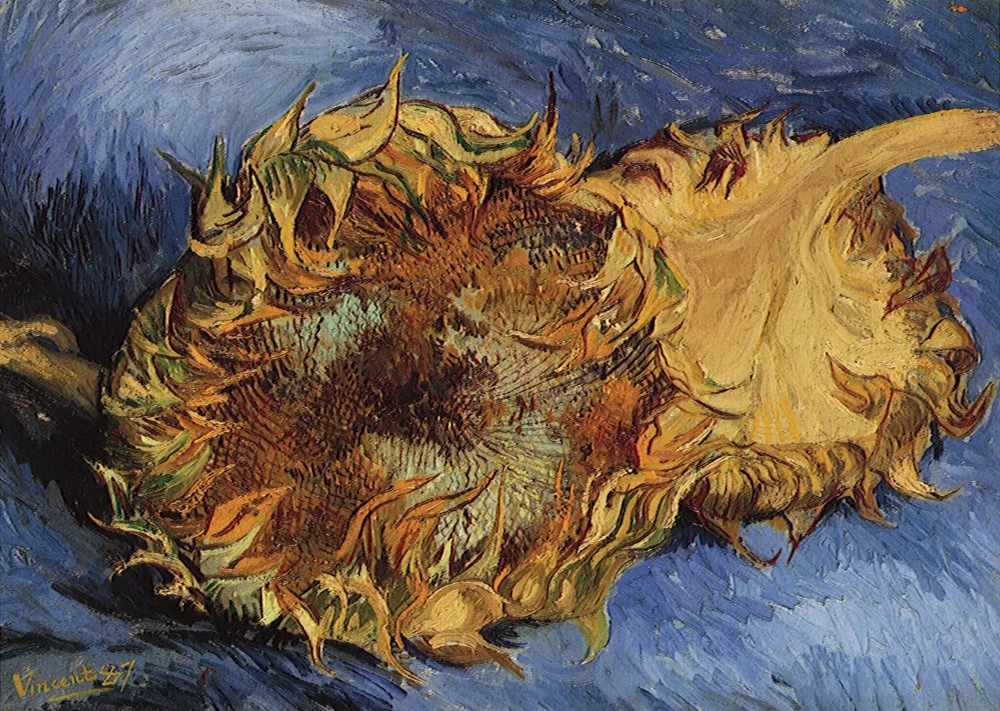
Vincent Van Gogh. Sunflowers. 1887/Alamy
Orange People
As we know, Van Gogh was a redhead, which is a rare hair color. Interestingly, red hair originated from the Neanderthals as paleontological research suggests that many of them were redheads. In Europe, red-haired individuals make up less than 1 percent of the population. Redheads are most common in Britain: 4 per cent of the population, 7 per cent in Scotland, and an impressive 10 per cent in Ireland. There are people with orange-tinted hair in other regions of the world including in Udmurtia in Russia, in China, and in some other Asian countries.
Of course, it's easier for redheads to survive in the north. This hair color is usually associated with pale skin and increased sensitivity to ultraviolet light, which is an advantage as it's easier for redheads to fight vitamin deficiency in times of limited sunlight. However, pale skin is a dangerous disadvantage in hot regions and hinders survival. Some people, like the Polynesians, are lucky: they often have red-haired children with dark skin that's well protected from excess sunlight. In Polynesia, red hair is considered a sign of noble origins.

Коpose with fellow red haired people attending the Irish Redhead Convention which celebrates everything to do with red hair held in the village of Crosshaven on August 22, 2015 in Cork, Ireland/Clodagh Kilcoyne/Getty Images
Although many notable figures with red hair have left their mark—from the legendary Viking conqueror Erik the Red to the pioneering nurse Florence Nightingale—they have, like others who stand out from the majority, often faced ridicule. They have been stereotyped as cunning, hot-tempered, lewd, and even criminal, as illustrated by the Sherlock Holmes story ‘The Red-Headed League’.
Of course, hair color has no connection to character, and mocking redheads likely stems from simple envy. Red hair is undeniably beautiful, and women have long recognized this, seeking to achieve the desired shade through various methods—ranging from henna to red streptocide—long before the advent of modern hair dyes.

Children participate in the carrot throwing competition at the Irish Redhead Convention which celebrates everything to do with red hair held in the village of Crosshaven on August 23, 2015 in Cork, Ireland/Clodagh Kilcoyne/Getty Images
Orange: The Hit of the Year
The American Pantone Color Institute has named the orange shade Peach Fuzz the color of the year for 2024. Experts chose this color because it symbolizes inner peace, which the modern world so desperately needs.
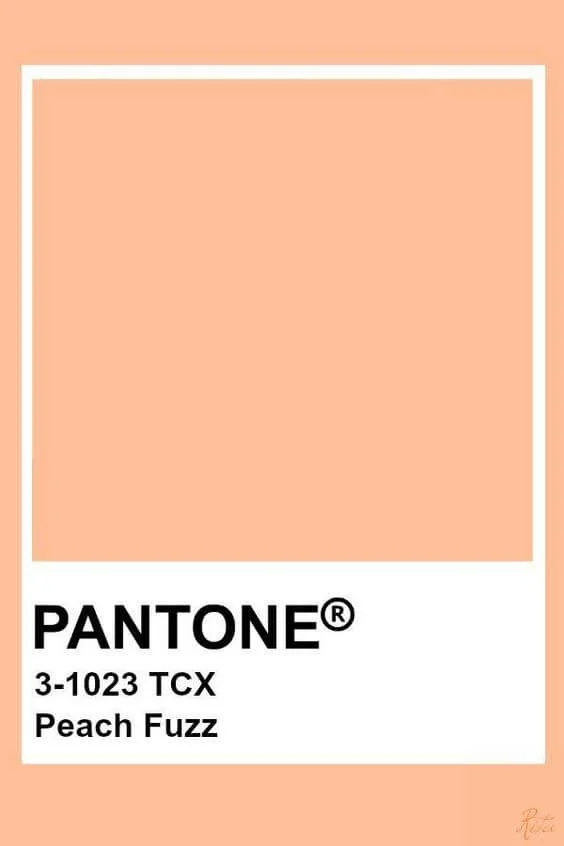
Color of the year: «Peach fuzz»/Pantone.com
Literature:
1. Гевин Эванс. История цвета. — М.: ЭКСМО, 2018.
2. Похлебкин В. В. Шафран // Все о пряностях. — М.: Пищевая промышленность, 1973.
3. Жизнь Будды, индийского Учителя Жизни. Пять лекций по буддизму. — Самара: ИД «Агни», 1998.
4. Орания // Энциклопедический словарь Брокгауза и Ефрона: в 86 т. (82 т. и 4 доп.). — СПб., 1890–1907
5. Ивенс Р.-М. Введение в теорию цвета, пер. с англ., с илл. — М.: «Мир», 1965.
6. Gage, John. La Couleur dans l'art. — Thames & Hudson, 2009.
7. Погребинский М.Б. «Оранжевая революция». Украинская версия. — М.: «Европа», 2005.


